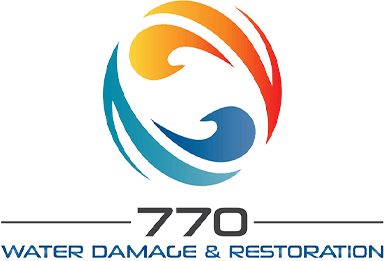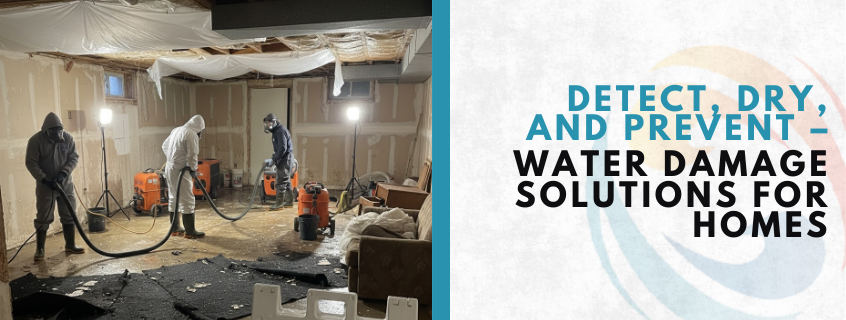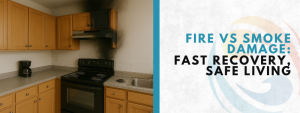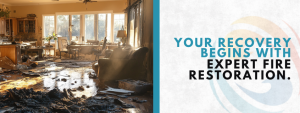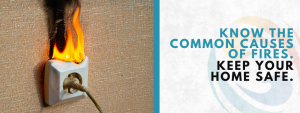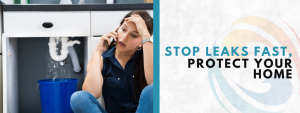Water damage in your walls can quietly compromise your West Covina home’s structure and indoor air quality. Even minor leaks may escalate into mold growth, warped walls, and costly repairs if left unnoticed. Detecting water damage in your walls early allows homeowners to take immediate action, prevent long-term problems, and save on repair costs. In this guide, we’ll explore the causes, key signs, practical solutions, and preventive measures for West Covina homeowners.
Common Causes of Wall Water Damage in West Covina
Understanding the common causes of wall water damage in helps homeowners prevent issues and address problems before costly repairs.
1. Roof and Exterior Issues
- Damaged shingles, cracked flashing, or worn siding allow rainwater to seep into walls.
2. Plumbing Problems
- Burst pipes, dripping fixtures, or slow leaks often go unnoticed until extensive damage occurs.
3. Condensation and Humidity
- Poor ventilation in bathrooms, kitchens, or basements can trap moisture in walls.
4. Environmental Factors
- Heavy rainfall, flooding, and ice buildup can strain walls and foundations.
5. Aging Materials
- Old drywall, insulation, and sealants may degrade, making walls more susceptible to leaks.
Key Signs of Water Damage in Your Walls
Recognizing the warning signs is essential for West Covina homeowners. Detecting water damage in your walls involves observing both visual and sensory clues. Common indicators include stains, discoloration, or bubbling paint, which suggest trapped moisture. Soft or spongy walls and warped surfaces indicate prolonged water exposure, while persistent musty odors often signal mold growth behind the walls. Unusual noises like dripping or running water may indicate active leaks. Knowing the signs of water damage in walls allows you to act quickly, prevent structural compromise, and plan water damage repair tips before the issue worsens.
Steps to Address Water-Damaged Walls
Taking immediate and effective action is crucial when detecting water damage in your walls. These steps help homeowners minimize damage and prevent mold growth.
Immediate Actions
- Turn off the main water supply if there is a leak in the plumbing.
- Use towels, buckets, or plastic sheeting to contain water.
- Apply temporary fixes like plumber’s tape or epoxy putty to small leaks.
Drying and Dehumidification
- Use fans, open windows, and dehumidifiers for drying water damaged walls.
- Professionals may use industrial-grade drying equipment for complete moisture removal.
Mold Prevention
- Remove affected materials and treat walls with antimicrobial solutions.
- Ensure proper ventilation to prevent mold recurrence.
Repairs and Restoration
- Patch minor drywall damage or repaint.
- Replace severely damaged sections and consider professional help.
- Maintain exterior waterproofing and gutter systems to prevent future leaks.
Professional Water Damage Services in West Covina
Preventing future water damage in your West Covina home often requires the expertise of professionals. Homeowners should consider hiring a local water damage repair company for thorough assessments and professional solutions. Experts can inspect hidden moisture and identify structural damage, perform water extraction and industrial drying, and conduct mold remediation while repairing affected walls. They also apply waterproofing measures to prevent recurrence and provide guidance on fast ways to stop pipe leaks, long-term maintenance, and professional Water Damage Restoration West Covina, ensuring your home stays safe and protected.
Tools and Preventive Measures
Routine monitoring and preparedness can reduce the risk of recurring water damage in walls.
Essential Tools
- Wet/dry vacuums for water extraction.
- Dehumidifiers and fans for moisture removal.
- Moisture meters or smart sensors for early leak detection.
- Plumber’s tape and epoxy putty for temporary fixes.
- Buckets, towels, and protective gear for safety.
Preventive Practices
- Regular plumbing inspections in West Covina homes.
- Maintain proper ventilation in kitchens, bathrooms, and basements.
- Inspect roof, siding, and gutters annually.
- Seal cracks and waterproof exterior walls.
- Educate household members on how to respond to leaks quickly.
FAQ: Detecting Water Damage in Your Walls
Q1: How can I detect water damage behind walls?
Look for stains, peeling paint, warping, musty odors, or use a moisture meter.
Q2: Can I dry out water damage myself?
Small areas can be dried with fans and dehumidifiers; larger issues need professional equipment.
Q3: When should I call a professional in West Covina?
Call immediately if mold appears, walls feel soft, or leaks persist.
Q4: How long does it take to dry water-damaged walls?
Depending on severity, drying may take 24–72 hours, longer for insulation or extensive damage.
Q5: What preventive steps help avoid future leaks?
Regular inspections, proper ventilation, gutter maintenance, and waterproofing prevent recurring damage.
